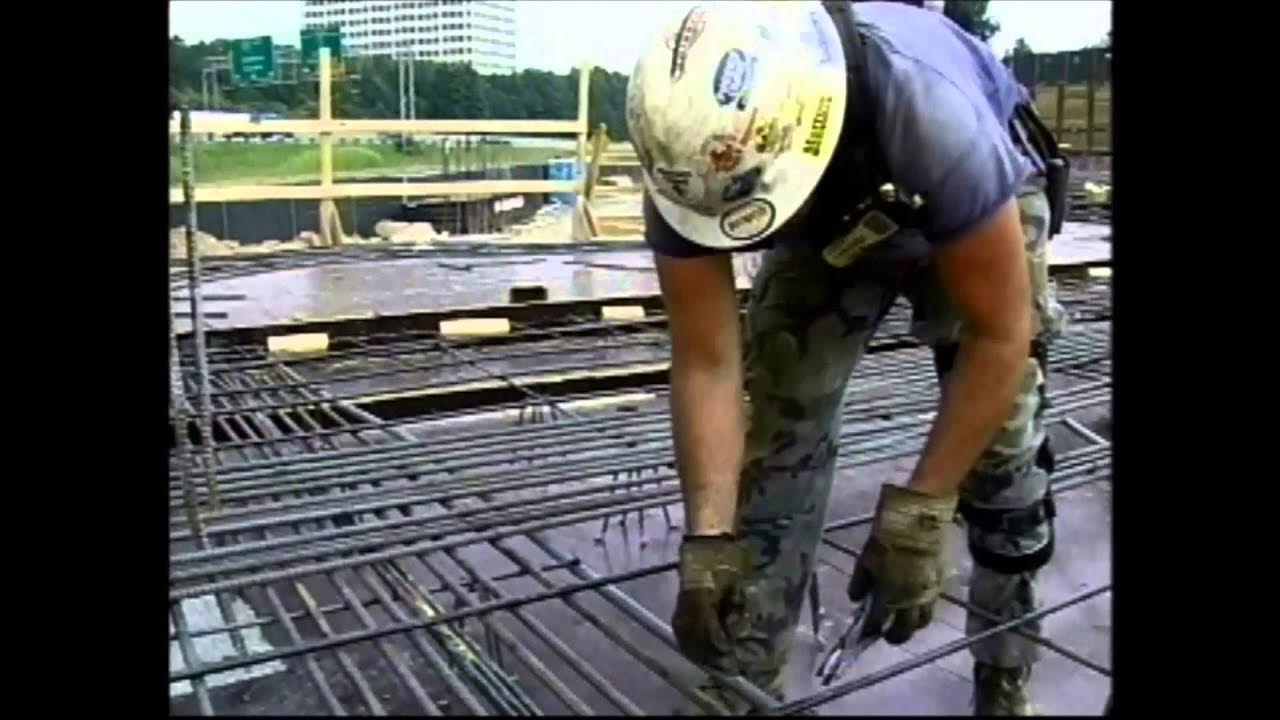Compressive Strength and Water to Cement Ratio in Concrete
Summary
TLDRThis video explains the crucial role of the water-to-cement ratio in determining the strength of concrete. It emphasizes that while water is inexpensive and easy to add, improper addition can negatively affect concrete's durability and strength. The discussion includes key factors influencing strength, such as consolidation, curing, and the age of the concrete. The historical development of the water-to-cement ratio concept is highlighted, along with modern practices that enable quicker strength gain. Real data is presented to illustrate the relationship between air content and strength, advocating for careful mixture design to ensure reliable concrete performance.
Takeaways
- 💧 The water-to-cement ratio is a critical factor in determining the strength and durability of concrete.
- 📏 The concept of the water-to-cement ratio was first developed by Abrams in 1910, indicating the mass of water divided by the mass of the binder.
- 🔍 A proper water-to-cement ratio must be maintained to avoid compromising concrete strength, even though water is the least expensive ingredient.
- ⏳ Modern concrete can achieve 70-80% of its compressive strength within just 7 days, compared to older mixes which took longer.
- 🔄 Curing is essential for maintaining moisture and temperature to promote hydration and strengthen the concrete over time.
- 📈 Concrete continues to gain strength for years, potentially reaching up to twice its strength after 10 years.
- ❄️ Air content is important for freeze-thaw durability; a trade-off exists between strength and air content in mixtures.
- 📊 Strength testing often utilizes a three-point curve, showing how different water-to-cement ratios affect concrete strength.
- ⚖️ When designing concrete mixtures, a safety factor is applied to ensure consistent strength results, which allows for variability in material performance.
- 🧱 Consistent compressive strength results allow for reduced over-design, potentially leading to cost savings in cement usage.
Q & A
What is the significance of the water-to-cement ratio in concrete?
-The water-to-cement ratio is crucial as it impacts the strength and durability of concrete. A proper ratio ensures adequate hydration and strength development.
Who developed the concept of the water-to-cement ratio and when?
-The concept was developed by Abrams in 1910, which establishes the mass of water divided by the mass of the binder as a key factor in concrete design.
How does consolidation affect the strength of concrete?
-Consolidation helps remove air voids from the concrete, which can weaken it. Effective consolidation ensures a denser and stronger final product.
Why is curing important for concrete strength?
-Curing maintains moisture and an appropriate temperature, promoting the hydration reaction that contributes to a tighter microstructure and increased strength.
What happens to the strength of concrete over time?
-Concrete continues to gain strength over time as long as moisture is present. Significant strength milestones occur at 3, 7, 14, and 28 days.
What is the common compressive strength target for concrete at 28 days?
-The 28-day compressive strength is a standard measure, often reaching around 70-80% of its ultimate strength, with modern concrete achieving this milestone much faster.
How does air content affect concrete strength?
-While adding air can reduce the overall strength of concrete, it is essential for freeze-thaw durability. A balance must be struck to ensure longevity without sacrificing too much strength.
What are three-point curves in concrete testing?
-Three-point curves illustrate the relationship between water-to-cement ratio and strength based on test data, allowing for the prediction of strength for specific ratios.
Why is it necessary to over-design concrete strength?
-Over-designing ensures that a significant percentage of tests will meet or exceed required strength, accounting for variability in materials and testing methods.
What role does modern cement play in concrete strength development?
-Modern cement has been designed to gain strength more rapidly, allowing for earlier project completion and reduced wait times before usage, enabling quicker construction cycles.
Outlines

هذا القسم متوفر فقط للمشتركين. يرجى الترقية للوصول إلى هذه الميزة.
قم بالترقية الآنMindmap

هذا القسم متوفر فقط للمشتركين. يرجى الترقية للوصول إلى هذه الميزة.
قم بالترقية الآنKeywords

هذا القسم متوفر فقط للمشتركين. يرجى الترقية للوصول إلى هذه الميزة.
قم بالترقية الآنHighlights

هذا القسم متوفر فقط للمشتركين. يرجى الترقية للوصول إلى هذه الميزة.
قم بالترقية الآنTranscripts

هذا القسم متوفر فقط للمشتركين. يرجى الترقية للوصول إلى هذه الميزة.
قم بالترقية الآنتصفح المزيد من مقاطع الفيديو ذات الصلة

Effect of Gel : Space Ratio on Strength of Concrete

Measuring w/cm in concrete with the Phoenix!

Top 10 Myths in Concrete Construction

MEMBUAT CAMPURAN BETON 1:2:3 DILAPANGAN

APA ITU BETON? BELAJAR BETON SIMAK PENJELASANNYA

[LAB IN YOUR GRASP] CHARACTERIZATION TEST : "NORMAL CONSISTENCY TEST OF BINDER (CEMENT & FLY ASH)"
5.0 / 5 (0 votes)
